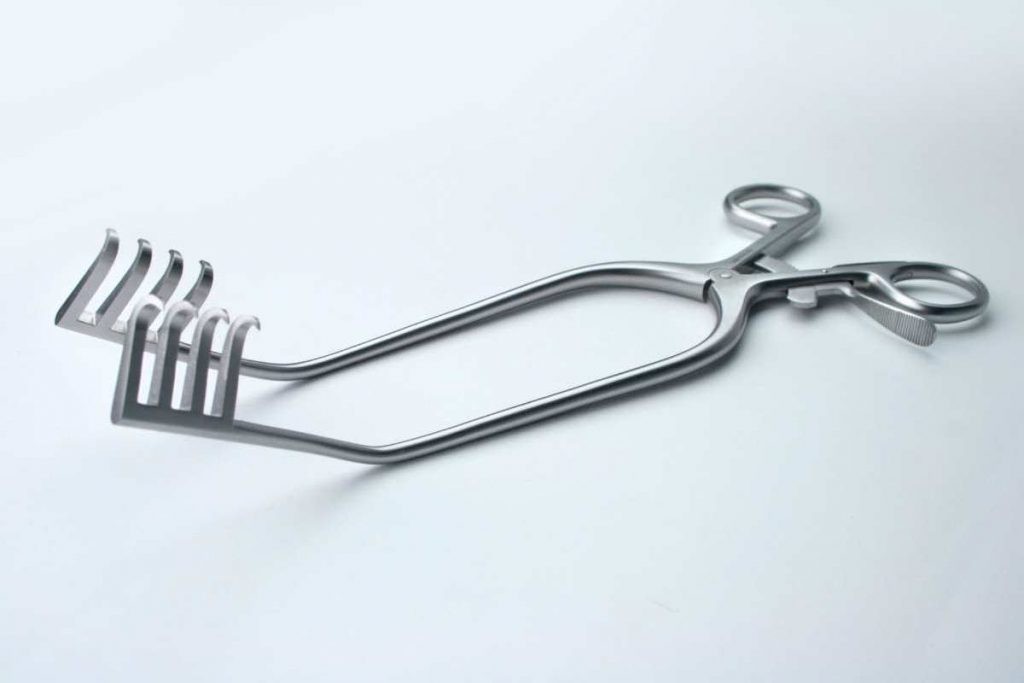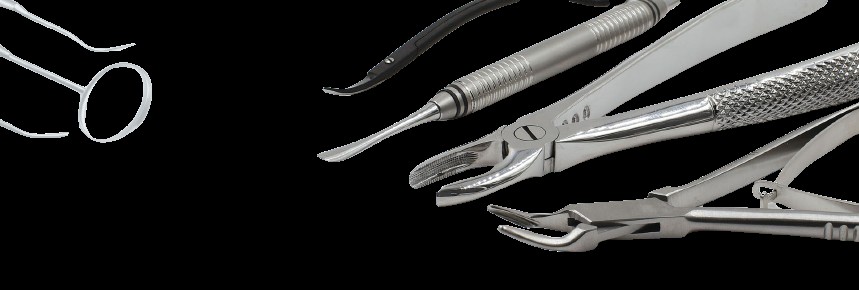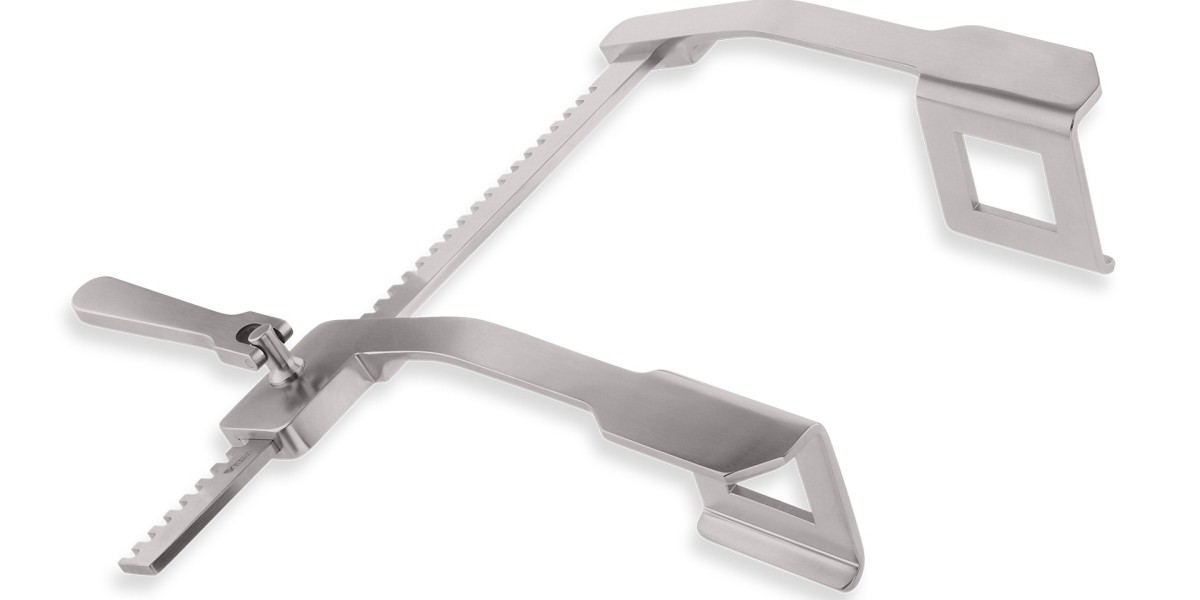A Brief History: From Ancient Blades to Modern Precision
The story of surgical operating scissors stretches back thousands of years. Ancient Egyptian healers wielded bronze and iron cutting tools, relying on skill to compensate for their lack of finesse. Greek and Roman physicians followed suit, using rudimentary designs that prioritized function over precision. By the Middle Ages, European surgeons upgraded to sharper steel blades, and the Renaissance refined these further, tailoring them to specific medical tasks. Yet, these early scissors were still handcrafted, often inconsistent in quality and far from the ergonomic marvels we see today.
The real leap came during the Industrial Revolution. The 19th century introduced mass production and stainless steel—a game-changer for surgical operating scissors. Suddenly, they were durable, rust-resistant, and easier to sterilize, setting a new standard for medical tools. By the mid-20th century, innovations like tungsten carbide inserts and specialized blade shapes elevated their performance, making them sharper and more reliable than ever.

Why Material Matters
Ask any surgeon: the material of surgical operating scissors can make or break a procedure. High-quality stainless steel, particularly German or Japanese grades, reigns supreme. It resists corrosion, holds an edge well, and withstands repeated sterilization. But modern advancements have pushed the envelope further. Titanium coatings lighten the load and fend off rust, while tungsten carbide inserts—harder than steel—keep blades razor-sharp for longer. These materials don’t just enhance cutting; they ensure consistency, which is critical when precision is non-negotiable.
The Maintenance Challenge
Even the best surgical operating scissors aren’t immune to wear. Frequent use, harsh sterilization, and improper handling can dull blades over time. A dull pair forces surgeons to press harder, tiring their hands and risking jagged cuts that slow healing. Hospitals tackle this with regular maintenance—sharpening every 6–12 months for heavily used scissors, inspecting for misalignment, and replacing damaged ones outright. Cleaning them immediately after use and storing them in dry, sterile conditions also prevents corrosion and buildup, keeping them in top shape.
Disposable vs. Reusable: The Ongoing Debate
Should you go disposable or reusable? It’s a question that divides medical teams. Disposable surgical operating scissors shine in emergencies or high-infection-risk settings. They’re sterile out of the box, eliminating contamination worries, and you toss them after one use—no fuss, no muss. But reusable scissors have their own appeal. With proper sterilization, they’re cost-effective over time and kinder to the environment, assuming hospitals follow strict protocols. The choice often boils down to context: a busy ER might lean disposable, while a surgical center invests in reusable quality.
Sterilization: The Unsung Hero of Safety
Sterilization isn’t glamorous, but it’s vital. Surgical operating scissors must be free of pathogens to prevent infections—a single lapse can turn a routine procedure into a nightmare. Autoclaving, or steam sterilization, is the gold standard, blasting away bacteria with heat and pressure. For delicate scissors, plasma gas sterilization offers a gentler, low-temperature alternative. Chemical methods like ethylene oxide work for heat-sensitive tools, while dry heat, though slower, gets the job done. Following CDC guidelines ensures these methods keep patients safe and scissors functional.
A Scissor for Every Task
No two surgeries are alike, and neither are the scissors. Surgical operating scissors come in a dazzling array of types. Mayo scissors, with their sturdy blades, slice through tough tissues and sutures. Metzenbaum scissors, long and delicate, excel at fine dissections. Iris scissors bring precision to eye and plastic surgeries, while Tenotomy scissors handle intricate microsurgery. Even Lister bandage scissors have a niche, safely cutting dressings without nicking skin. This specialization ensures surgeons have the right tool for every challenge.

Customization and Innovation
What if a surgeon needs something unique? Enter customization. Thanks to 3D printing and AI-driven design, surgical operating scissors can now be tailored to specific procedures. Need a longer blade or a custom grip? It’s possible. Nanotechnology adds another layer, with nano-coated blades offering sharper cuts, less friction, and even antimicrobial properties. These innovations aren’t just flashy—they improve outcomes in complex surgeries where every millimeter counts.
The Tech Revolution: AI and Robotics
The future of surgical operating scissors is already here, and it’s high-tech. AI-driven tools adjust cutting force based on tissue resistance, reducing errors in delicate work. Paired with robotic systems, they enhance precision in minimally invasive surgeries, letting surgeons operate with almost superhuman accuracy. Imagine a pair of scissors that “thinks” alongside the surgeon—machine learning makes it real, refining performance with every use.
Going Green: Eco-Friendly Options
Sustainability is creeping into the OR too. Manufacturers are exploring recyclable stainless steel for surgical operating scissors, cutting down on waste without sacrificing quality. Titanium coatings extend lifespan, reducing replacements, and biodegradable handles tackle the growing problem of medical trash. Energy-efficient sterilization methods further shrink the carbon footprint. It’s a small but growing shift toward greener healthcare.
Where to Find Quality
Choosing the right surgical operating scissors means trusting the source. Brands like B. Braun, Medtronic, and STILLE lead the pack, offering reliable, high-grade options. For a deeper dive into top-tier surgical tools, quality is king—look for FDA approval and ISO certification to ensure you’re getting the best.
The Bottom Line
Surgical operating scissors have come a long way, blending tradition with cutting-edge tech. They’re not just tools; they’re partners in precision, shaping the success of surgeries and the speed of recoveries. As nanotechnology, AI, and sustainability continue to evolve, these scissors will only get smarter, sharper, and greener—proof that even the simplest instruments can transform lives when innovation meets expertise.



